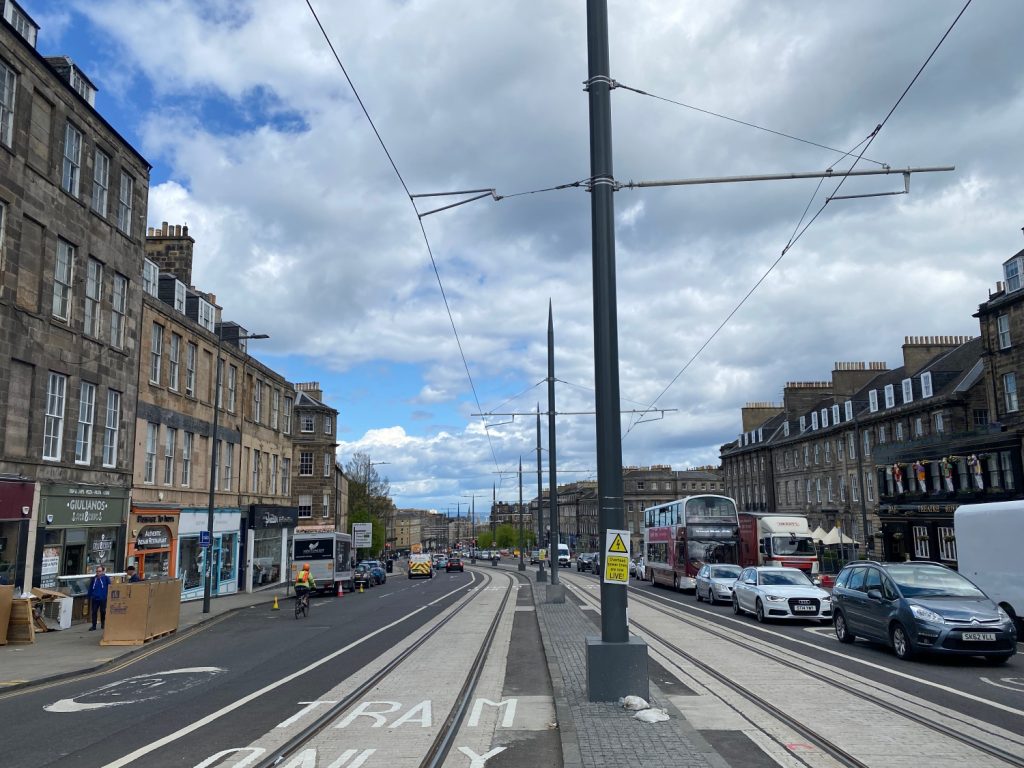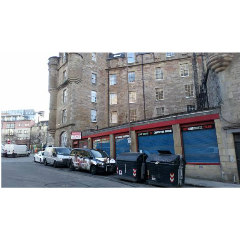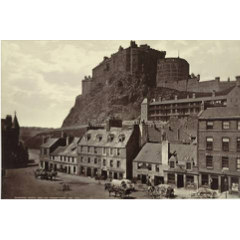Leith Walk, EH6

On the night of 10 June 1940, when Italy declared war on Britain, anti-Italian riots broke out in Edinburgh. These were concentrated in Leith where there was a significant Italian commercial presence of cafes and fish and chip shops. Afterwards, a local journalist reported that the main thoroughfares of Leith looked as if a series of heavy bombs had fallen. Shop windows were smashed and premises ransacked and looted. Hostile crowds of up to 2000 people gathered and the police reported that over 100 shops were attacked. The Scotsman pointed out that an Italian man whose premises were severely damaged had two sons on active service in the Black Watch. This incident illuminates the readiness of British society to identify and target the internal ‘other’ at times of national crisis.
An image of an Italian ice cream shop in Edinburgh, c. 1907, can be seen here: https://www.scran.ac.uk/database/record.php?usi=000-000-003-554-C&scache=5nhz091lz7&searchdb=scran
Sources: Wendy Ugolini, Experiencing War as the ‘Enemy Other’ (2011), p. 123, ‘Italians Detained: Rioting During Night of Big Round Up’ The Scotsman 11 June 1940, p. 6.
Additional links:


